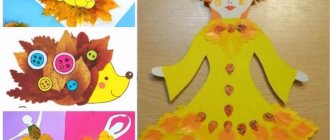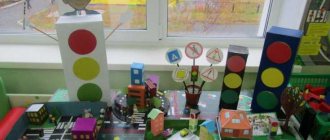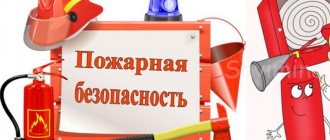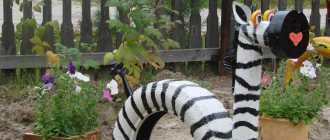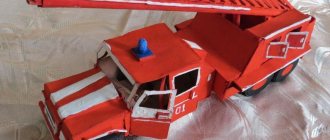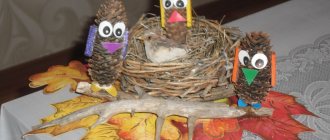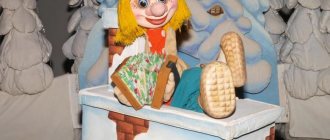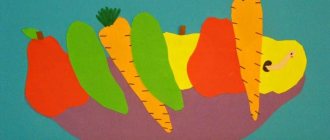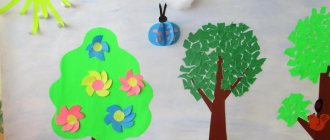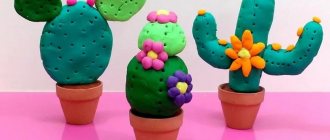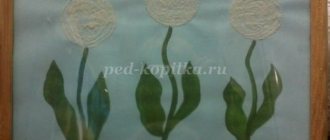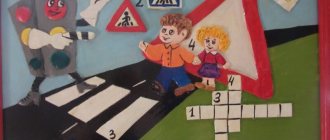Photo: clubvodoley.ru Kids love to create and experiment, and it is important to create suitable conditions for them to do this. Of course, there are all kinds of puzzles, construction sets and creativity kits, but I want more variety. In fact, all the best is already around us completely free. Catch 10 beautiful and easy ideas for crafts made from natural materials for kindergarten!
Chestnut caterpillar
If you drill through holes in the chestnuts in advance, you will get a toy no worse than children's pyramids. Let the child collect them on a wire or thick thread into a flexible and funny caterpillar.
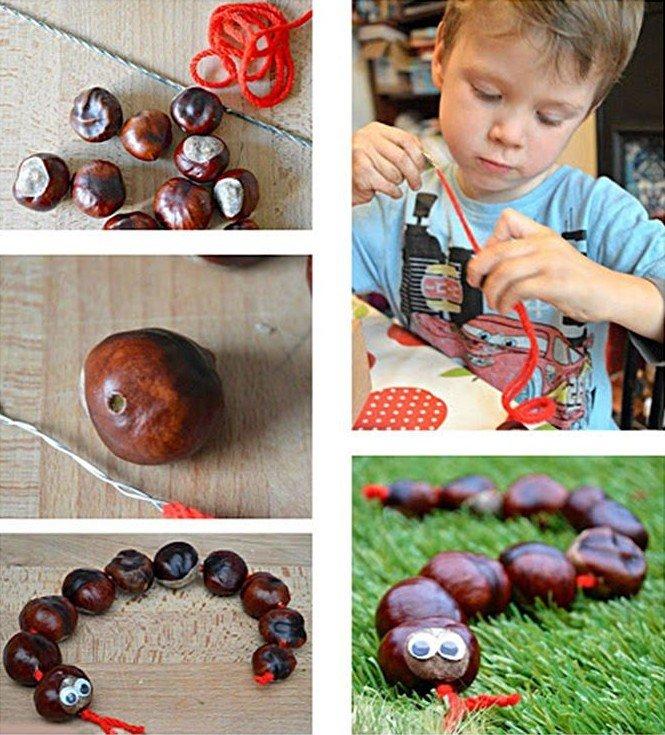
Photo: m.fishki.net
Vegetable crafts for kindergarten: 10 beautiful and easy ideas
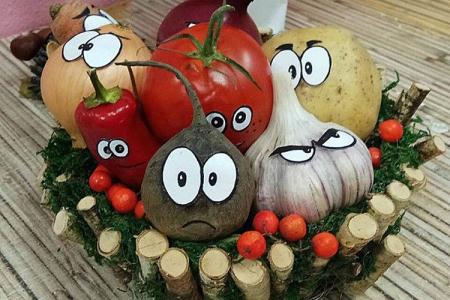
Sketch from life - a bird
When going for a walk with your child to the nearest park, take with you a plastic bag and collect colorful leaves that are perfect for creating an applique. You need glue and cardboard.
Attach a linden leaf to a piece of cardboard and draw a line under it with a felt-tip pen, as if a bird had sat on a tree. Slip a rowan branch with leaves under the body of the bird and glue the parts to the base. Attach a button-eye, a leaf-wing to the yellow leaf, draw three-fingered legs and the sparrow is ready to jump on the branch.
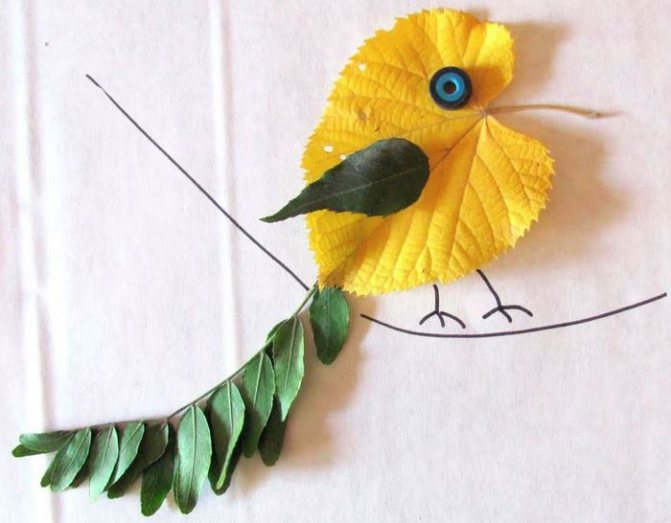
You can make a lot of pictures from leaves, choose what you like and implement it. See the video for examples of ideas:
Children's ornaments made from natural materials
Natural gifts allow you to endlessly create different abstract designs and ornaments. Maximum space for creativity, experimentation and self-expression!
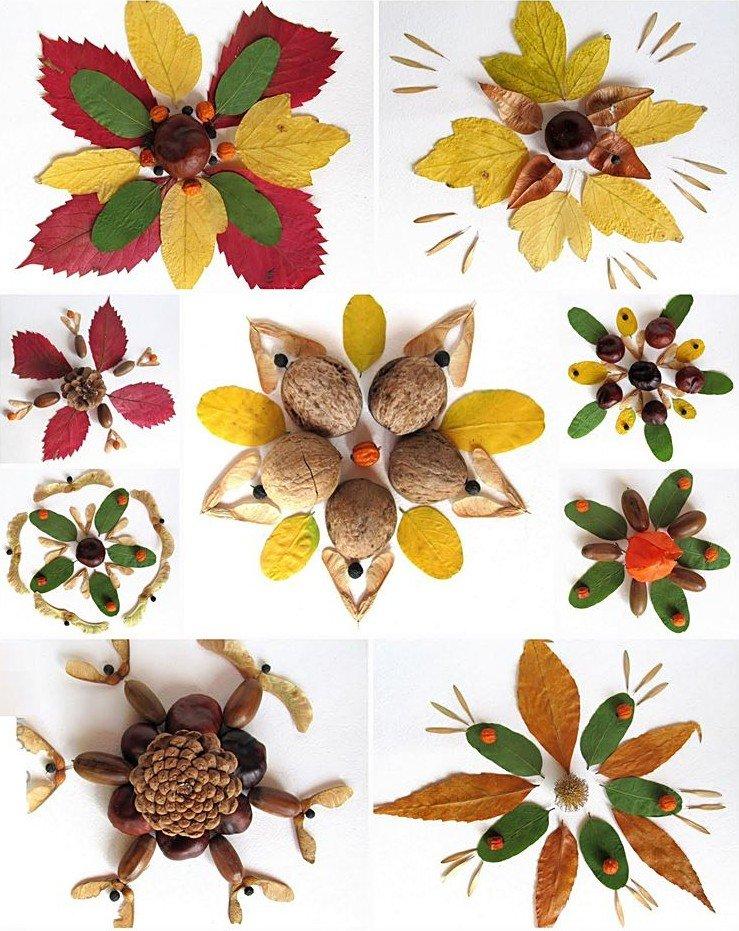
Photo: infourok.ru
DIY winter crafts for kindergarten (50 photos)
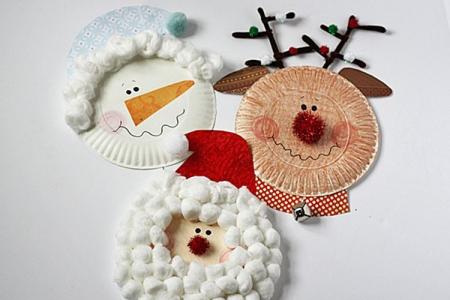
Fruits vegetables
Figures and compositions. Summer brings a lot of vegetables and fruits from which you can make a real construction set. There are many options.
I'll tell you about the hedgehog. By the way, such a craft can even decorate a holiday table! And it’s very simple and quick to do.
You need: pear, grapes, toothpicks and 2 cloves (seasoning).
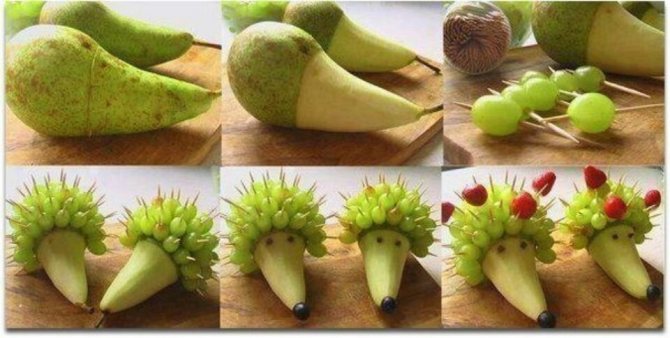
How to do:
- Break off the tail, leaving about 2-3mm.
- Peel the thin part of the pear (a little less than the middle).
- Insert a toothpick into the unpeeled part of the pear. And so fill out this entire part.
- String grapes onto a toothpick.
- Insert cloves like hedgehog eyes.
Underwater world made of shells
Painted shells turn into strange fish, crabs and turtles. Add eyes, fins and claws to them and place them in a makeshift aquarium!
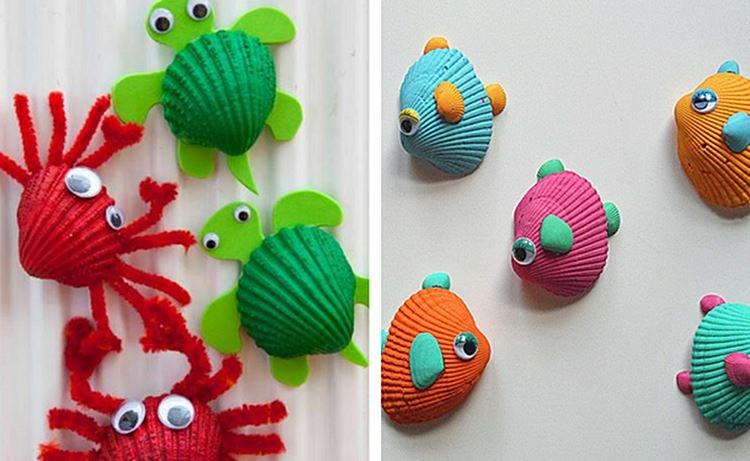
Photo: hobobo.ru
Crafts from pine cones for children: 10 simple and beautiful ideas
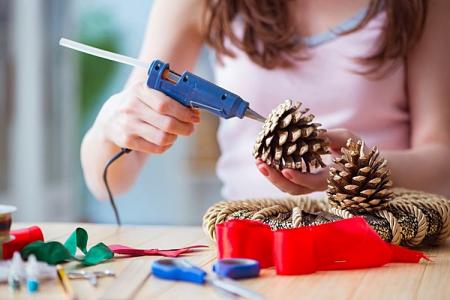
Acorns
- Painting. It is made from acorn caps. First, a picture is drawn, but in such a way that its details do not merge or overlap one another. The outline must be clear. Then the caps are glued along the entire perimeter of the silhouette. You can offer the children to do the second part of the work with their own hands. Or you can make a beautiful frame for a painting, photo or mirror.
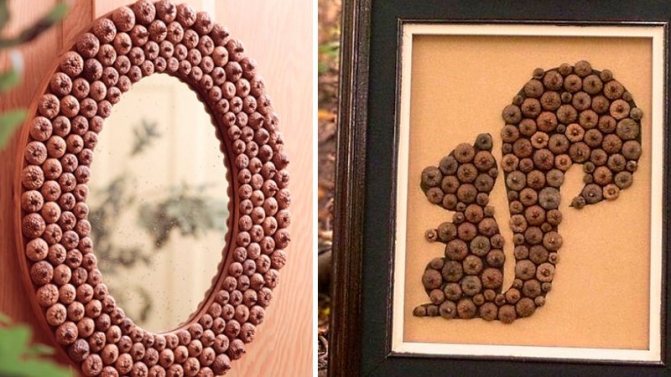
- Miniature dishes made from acorns. Looks very nice. I think the girls will be delighted with this craft.
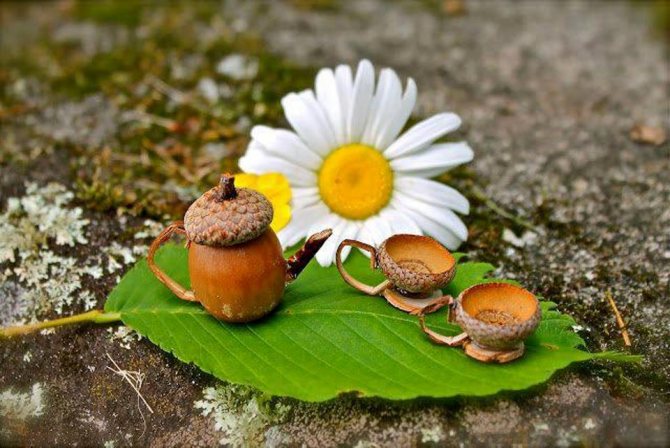
- Decorated acorns. What are they used for? They make excellent Christmas tree decorations. Or, you can make colorful compositions to decorate your home.
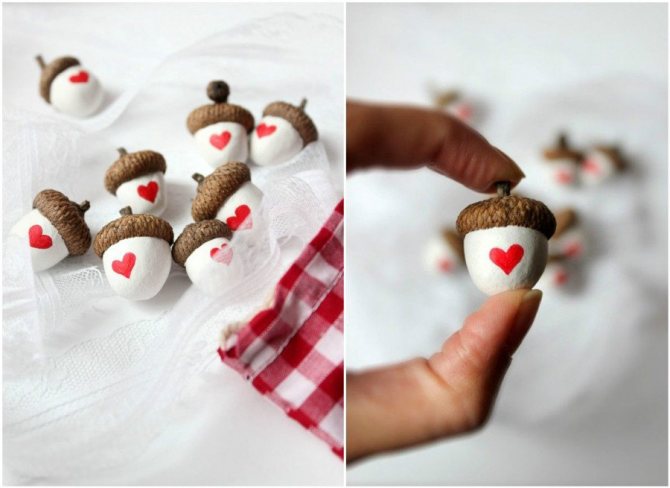
How to decorate acorns? To do this, you can use paints, nail polish or glue, which can be used to put white or transparent dots or draw stripes. Which design should you choose? This will completely depend on the desire and skill of the children. After decorating, you will need to carefully thread the hat with a needle and thread. Make a loop out of thread and you can hang it on the Christmas tree.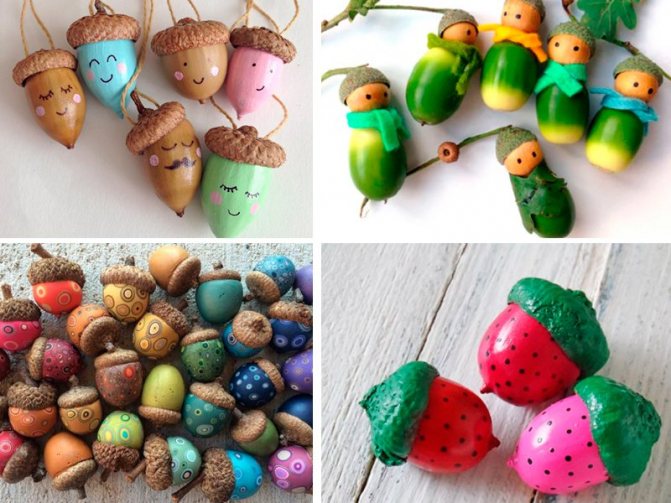
Crafts made from natural materials for kindergarten – photos and ideas
And when your child tries all these options and ideas, explore our gallery of crafts with him!
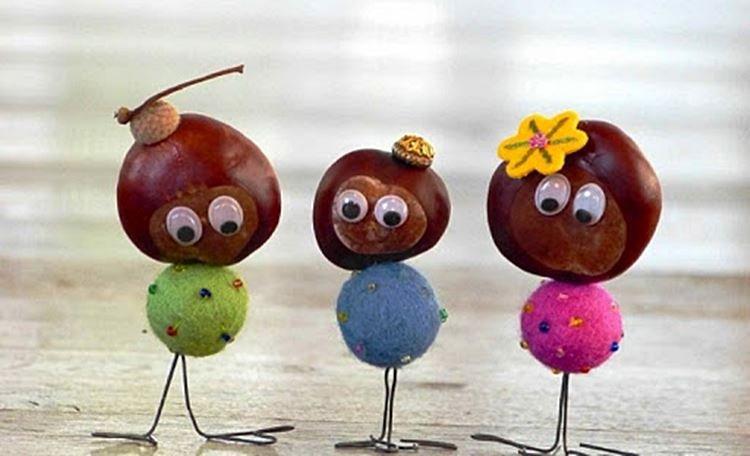
Photo: fotovmire.ru
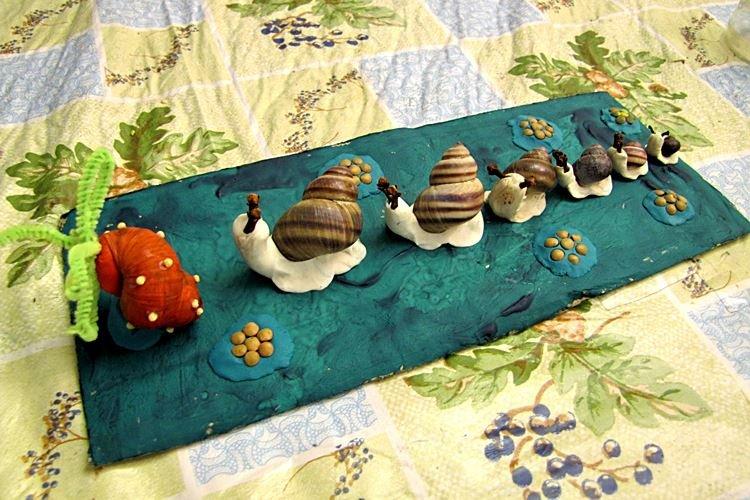
Photo: kukolnik-shop.ru
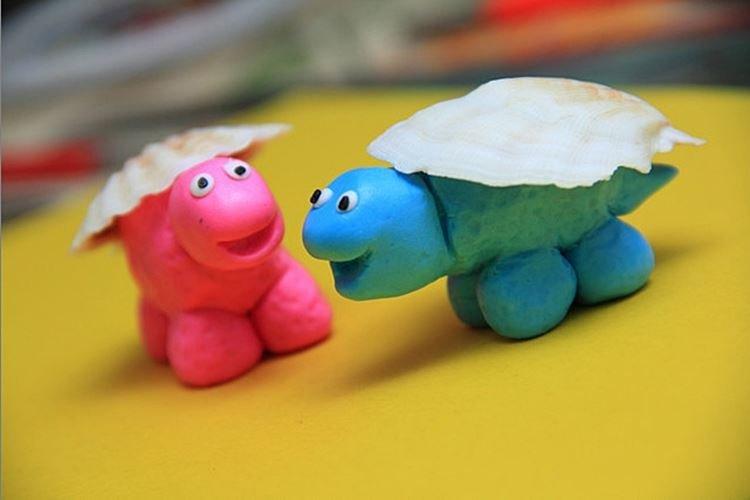
Photo: mammamia.blog
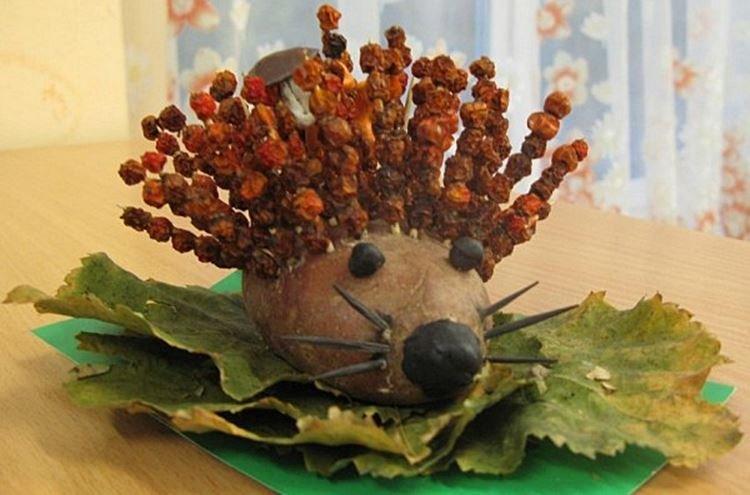
Photo: knowledge-tree.ru
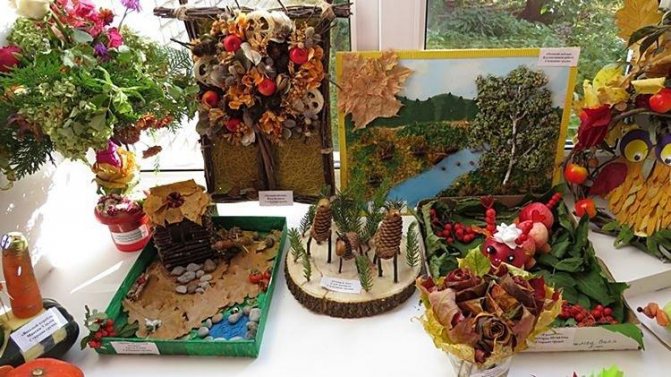
Photo: ds37zaprudnoe.kinderedu.ru
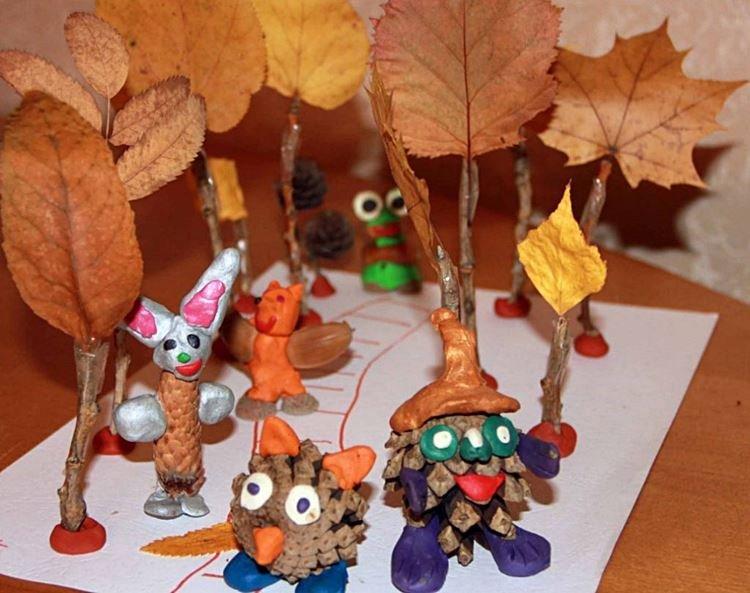
Photo: mydesigninfo.ru
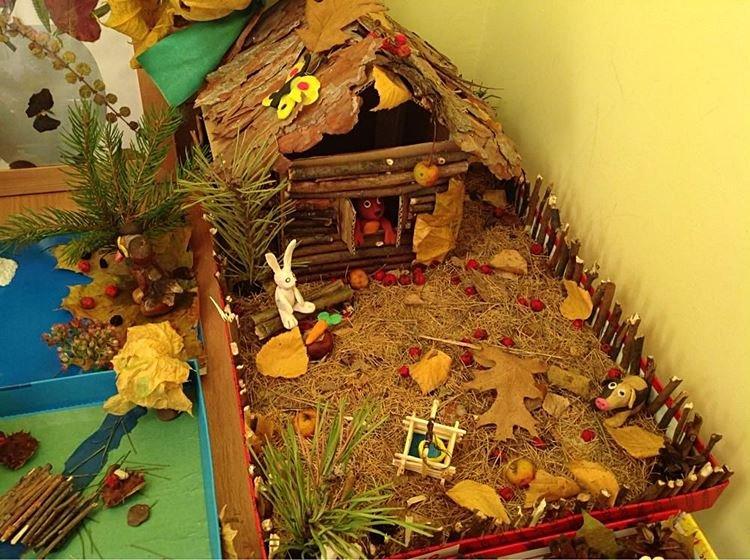
Photo: viramaina.ru
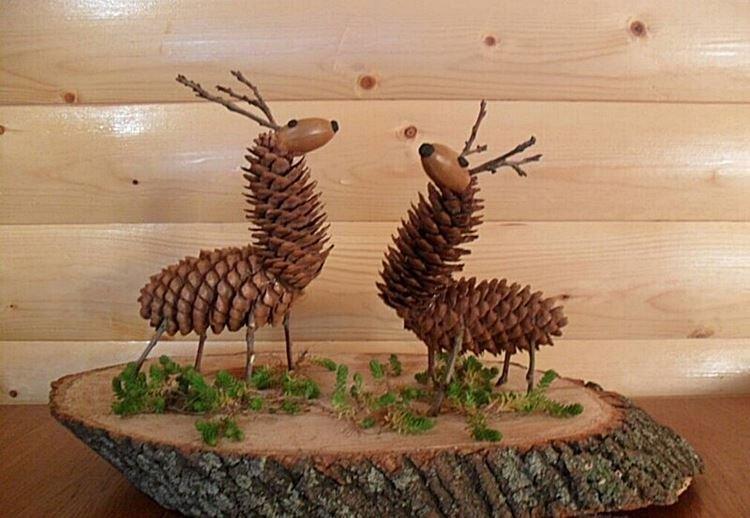
Photo: podelunchik.ru
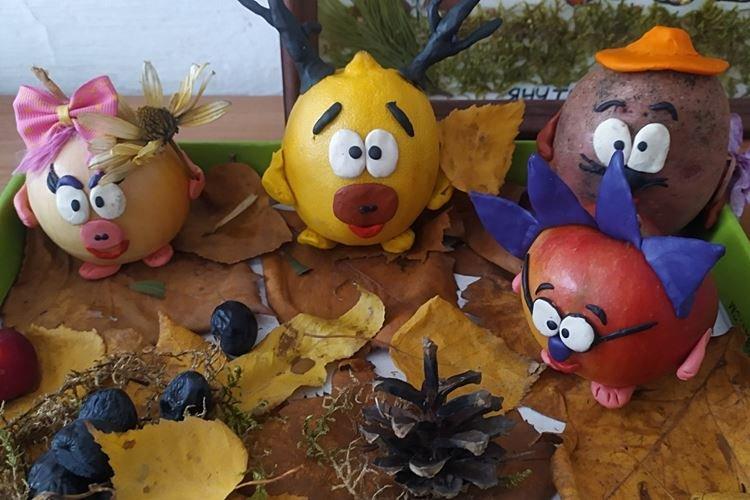
Photo: les-tish.ru
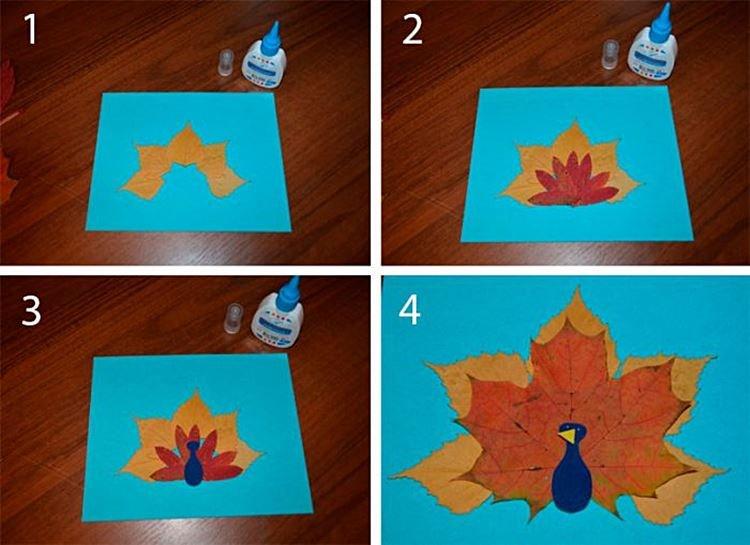
Photo: svoimirukamy.com
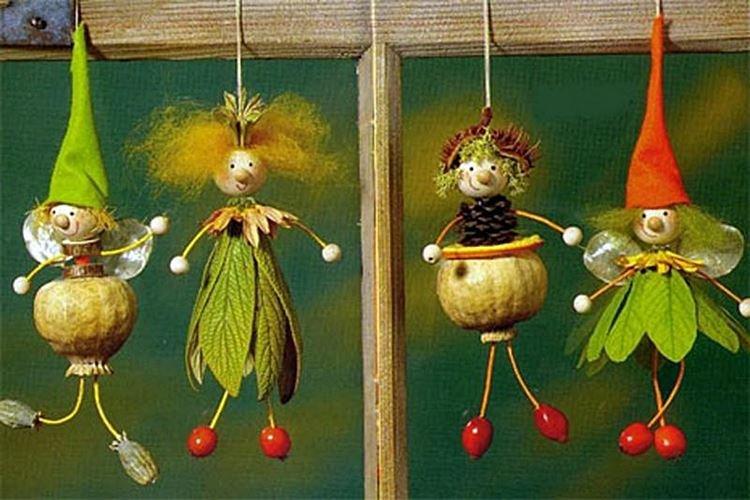
Photo: melkie.net
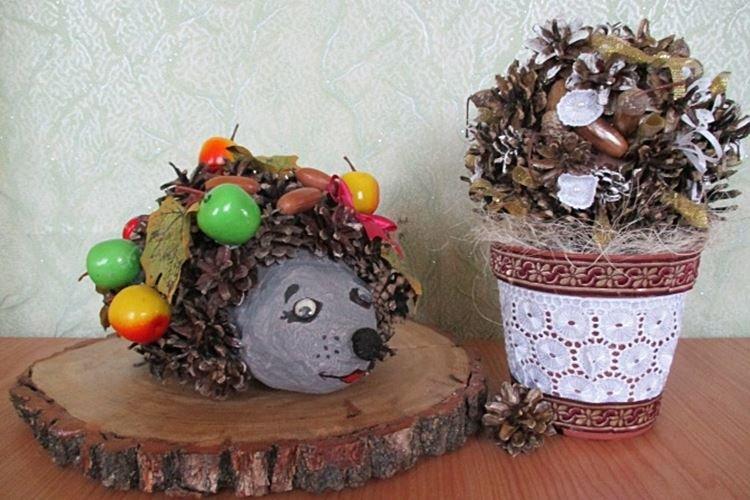
Photo: tdconsource.ru
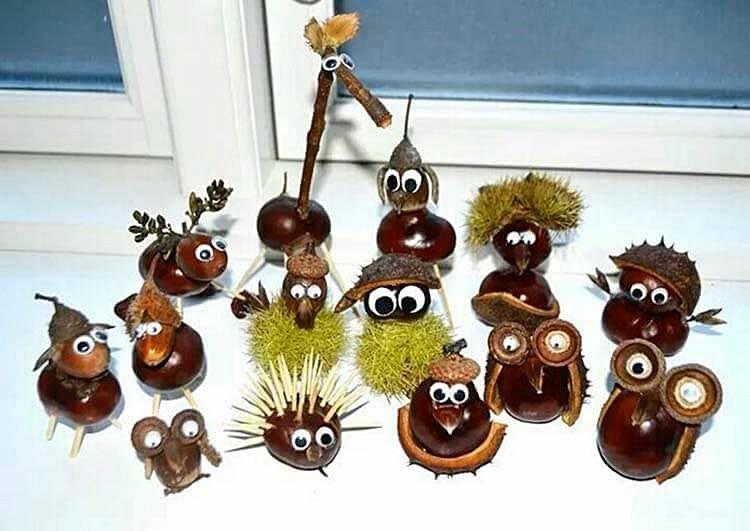
Photo: larecmasterici.ru
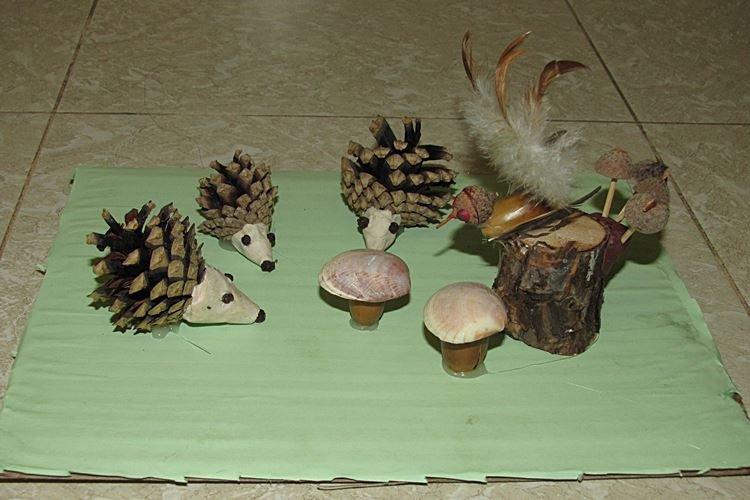
Photo: liveinternet.ru
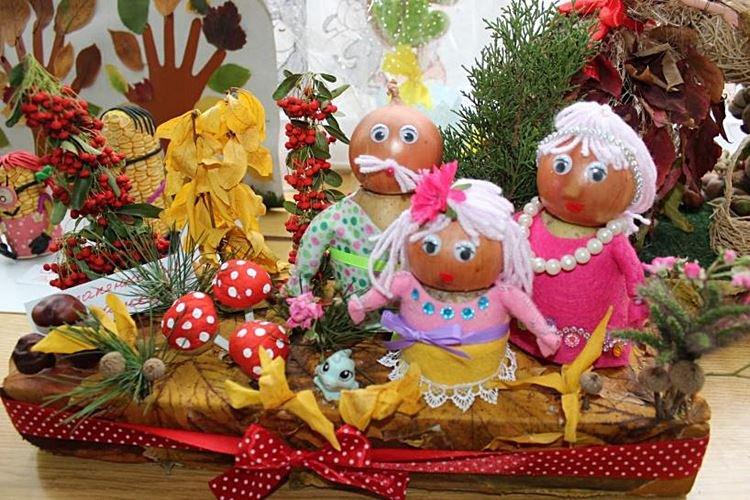
Photo: m.ok.ru
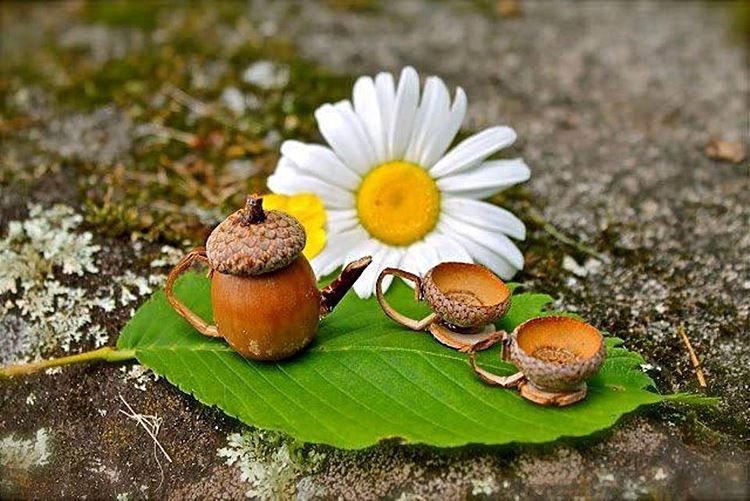
Photo: exxxtreme-club.ru
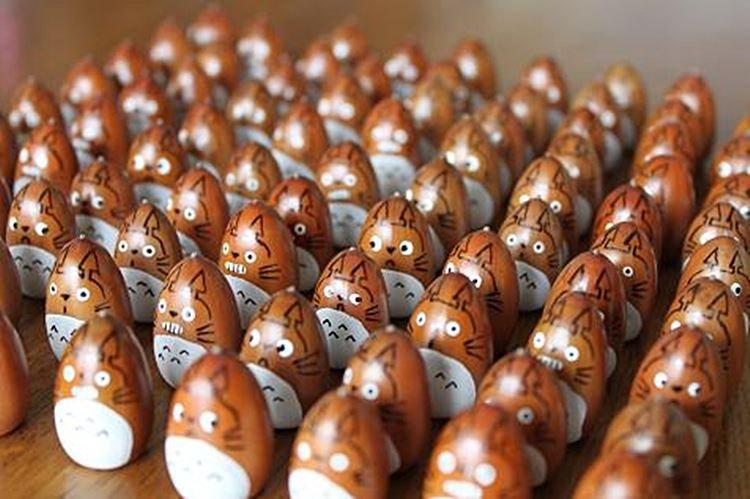
Photo: vk.com
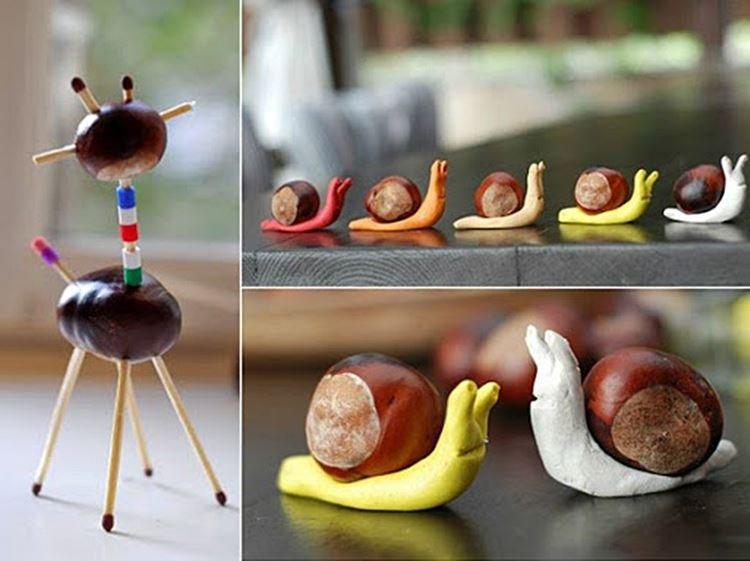
Photo: casasincreibles.com
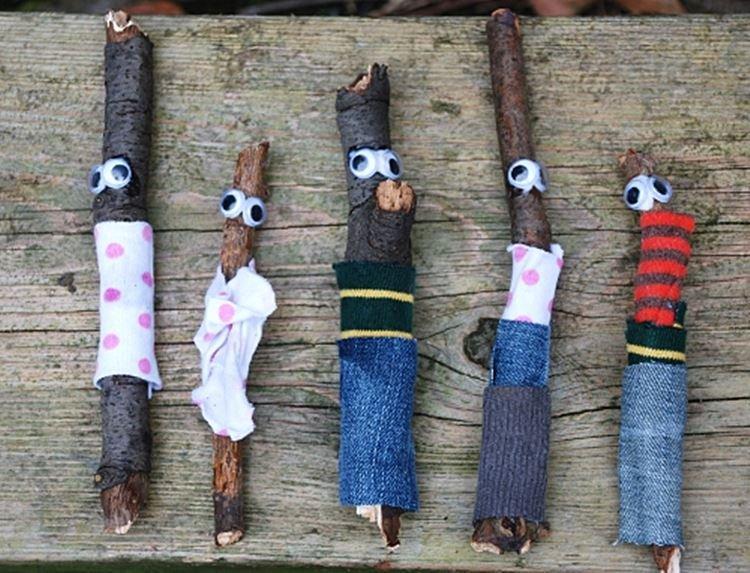
Photo: tr.pinterest.com
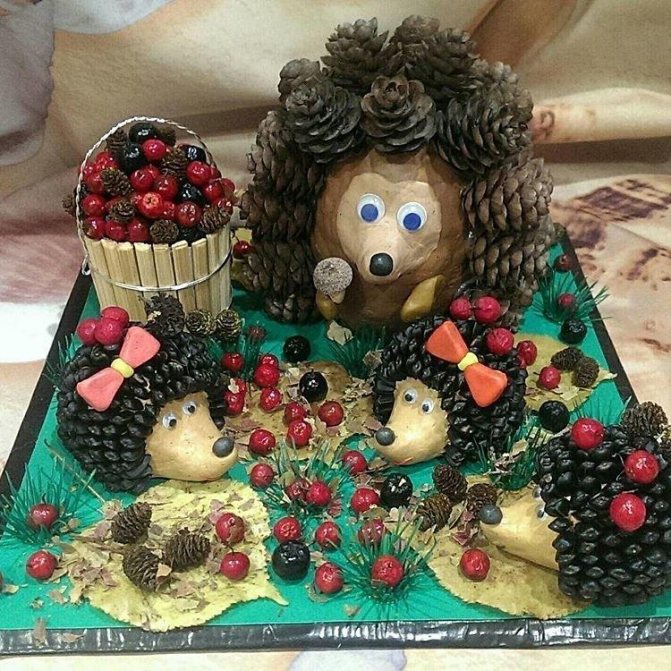
Photo: art-talant.org
Did you like the post? Subscribe to our channel in Yandex.Zen, it really helps us in our development!
MAGAZINE Preschooler.RF
METHODOLOGICAL RECOMMENDATIONS FOR WORKING WITH NATURAL MATERIALNatural material itself is a storehouse for fantasy and imagination. And if you combine it with sleight of hand, then everything can be revived, given a second life, as it were.
Working with natural materials includes great opportunities for bringing a child closer to his native nature, developing a careful, caring attitude towards it and developing his first skills.
Making toys and crafts from natural materials is painstaking, exciting and very enjoyable work.
Making crafts requires dexterity from the child. In the process of systematic work, the hand gains confidence, accuracy, and the fingers become flexible. And this is important for preparing hands for writing and for educational activities at school. Manual labor contributes to the development of sensorimotor skills—coherence in the work of the eye and hand. Improving coordination of movements.
It is necessary to introduce children to the world of beauty as early as possible: pay attention to the beauty of flowers, the fruits of various plants, and autumn leaves. Each plant has a unique appearance: the shape of the leaves, their colors, etc., since when working with natural materials, everything must be taken into account.
I. How to organize work with natural materials. Supervise the work of children.
The methodology for organizing the work of preschool children with natural materials is based on the principles of didactics: systematicity, consistency, accessibility.
It is very important that the child acts actively and in good spirits. To do this, it is necessary to take into account its capabilities at the initial stage of organizing work, their further expansion and change. We can recommend that educators and parents first find out how children feel about manual labor, whether they want to work and what they can do. Children should be awakened to their interest in natural materials and their desire to act with them. In the group, it is necessary to organize exhibitions of children's works from natural materials, since children really like to look at finished materials made by their peers - everyone wants to learn how to make such toys.
Children work more successfully on making toys from natural materials if they have the opportunity to do it in other activities: in modeling classes, appliqué. Children love to make appliques from pumpkin seeds and dried leaves. During these classes, they get acquainted with a new technique for gluing appliques: they apply glue not to the part, but to the place where they will be applied.
When organizing work on making toys from natural materials, it is necessary to take into account the level of knowledge and practical skills of children. The production of a planned toy is preceded by extensive preparatory work for its creation. Excursions into nature are organized with children. During an excursion into nature, the teacher reminds children that the bark of dried or cut down trees and shrubs is used to make toys from natural materials. In front of the children, the teacher makes 1-2 simple toys, thereby arousing the children's interest in making crafts from natural materials. Collected dry roots and branches. Cones and knots have a bizarre shape. The teacher invites the children to answer the question: “What does it look like? What does it remind you of? Encourages the child to compare them, look carefully at the material, fantasize, think in advance what can be made from it.”
It is advisable to teach children how to make the same toy from different materials.
Making toys from natural materials consists of two stages:
- The child analyzes the toy that he has to make, plans the sequence of work on it, selects the necessary material, tools and determines the practical skills with which the goal will be achieved.
- The child begins to directly create the toy. It is explained to the children that work on a craft begins with preparing the workplace; during the work process, certain rules must be followed. First of all, they teach you to carefully analyze a sample of a future craft. Then the child is taught to analyze the process of upcoming work on the toy. The teacher demonstrates to the children the entire process of working on a toy from start to finish and shows how it is created. The teacher accompanies the demonstration of the work before each part, detail of the craft, and how to connect them with an explanation.
When creating toys, you can invite children to combine natural materials.
Scheme of the sequence of work for making crafts from natural materials according to the sample:
- Examination and analysis of a toy sample.
- Establishing a step-by-step sequence of its production and planning the progress of work.
- Choosing a method for connecting parts of a toy.
- Selection of materials and tools.
- Making a toy.
- Analysis and evaluation of crafts.
P. When and how to work.
In kindergarten, work with natural materials is organized in the first half of the day 2 times a month, and once a week - circle work (in the afternoon). You can study immediately with your group (if the crafts are simple) or in subgroups.
In the group and at home, conditions should be created for working with natural materials in their free time, a certain place where children, if desired, could engage in this activity.
How is a toy created, what operations need to be performed?
The simplest and most affordable way to connect parts of a craft is achieved using plasticine. A more complex, but also more durable way of connecting parts of a toy is gluing. You can also connect parts of the toy using twigs, matches, sticks, for which you will need an awl. The teacher does the main work with the awl. Parts can be connected with threads and wire.
Natural material:
cones (pine, spruce, larch, alder), nuts and their shells (walnuts, hazelnuts, cedar, earthen), chestnuts, acorns, bark, branches, roots, leaves, seeds, rose hips, rowan, corn cobs, straw, moss, birds feathers, shells.
Additional materials:
paper, foil, plasticine, wire, thread, PVC glue, colored scraps, plywood, pebbles, bones, fishing line, etc.
Tools:
awl, scissors, knife, needle, paper clip, brush, etc.
| Next > |
